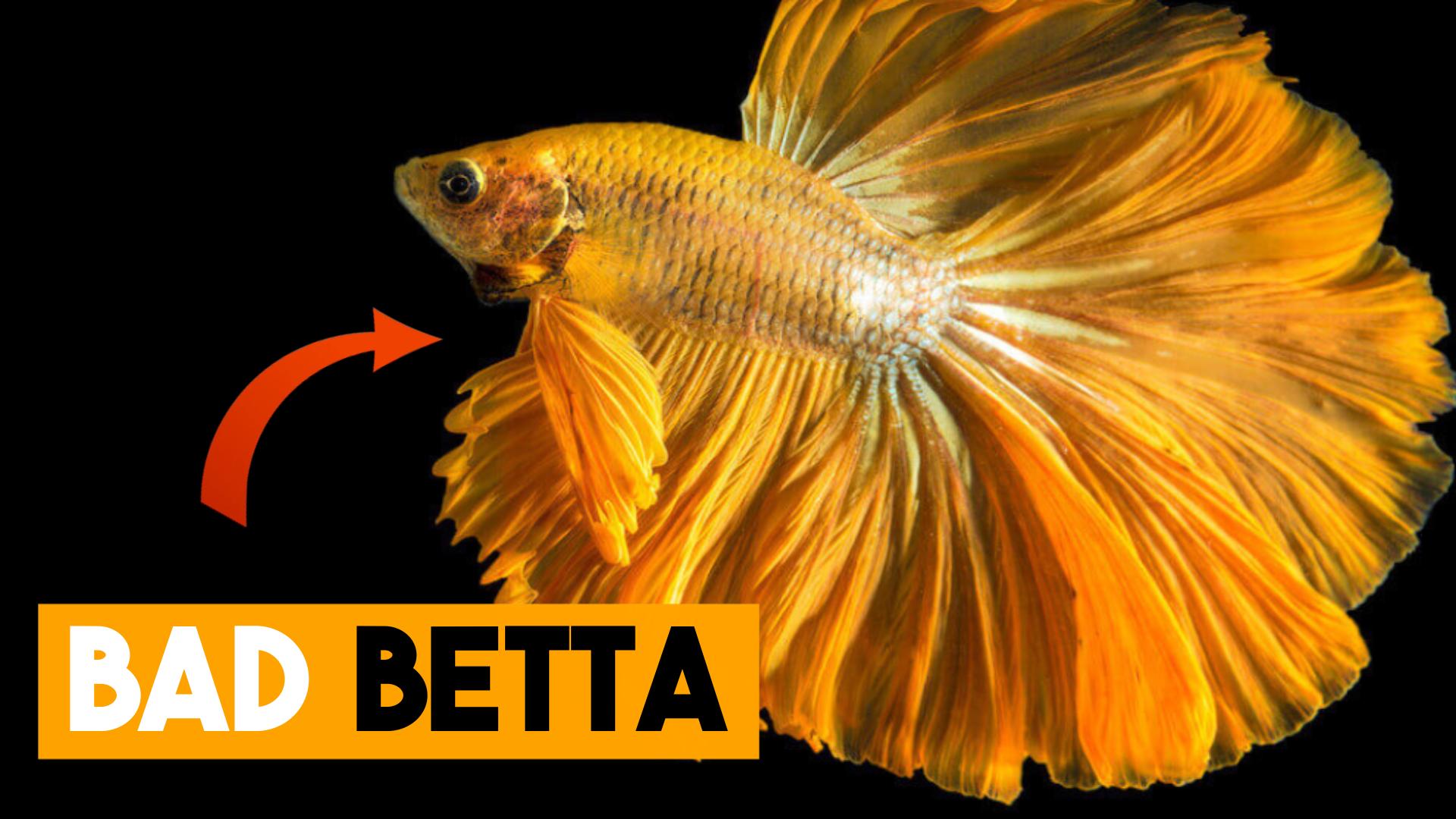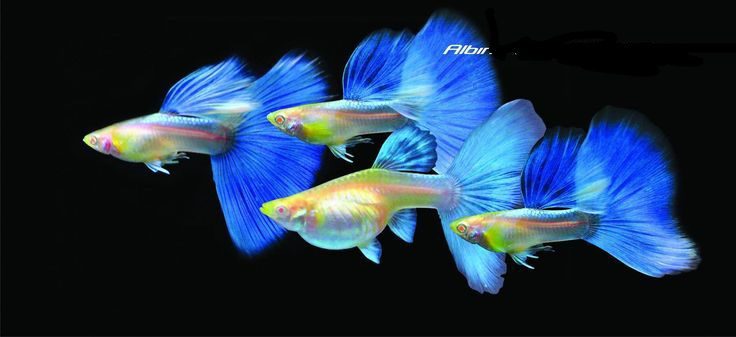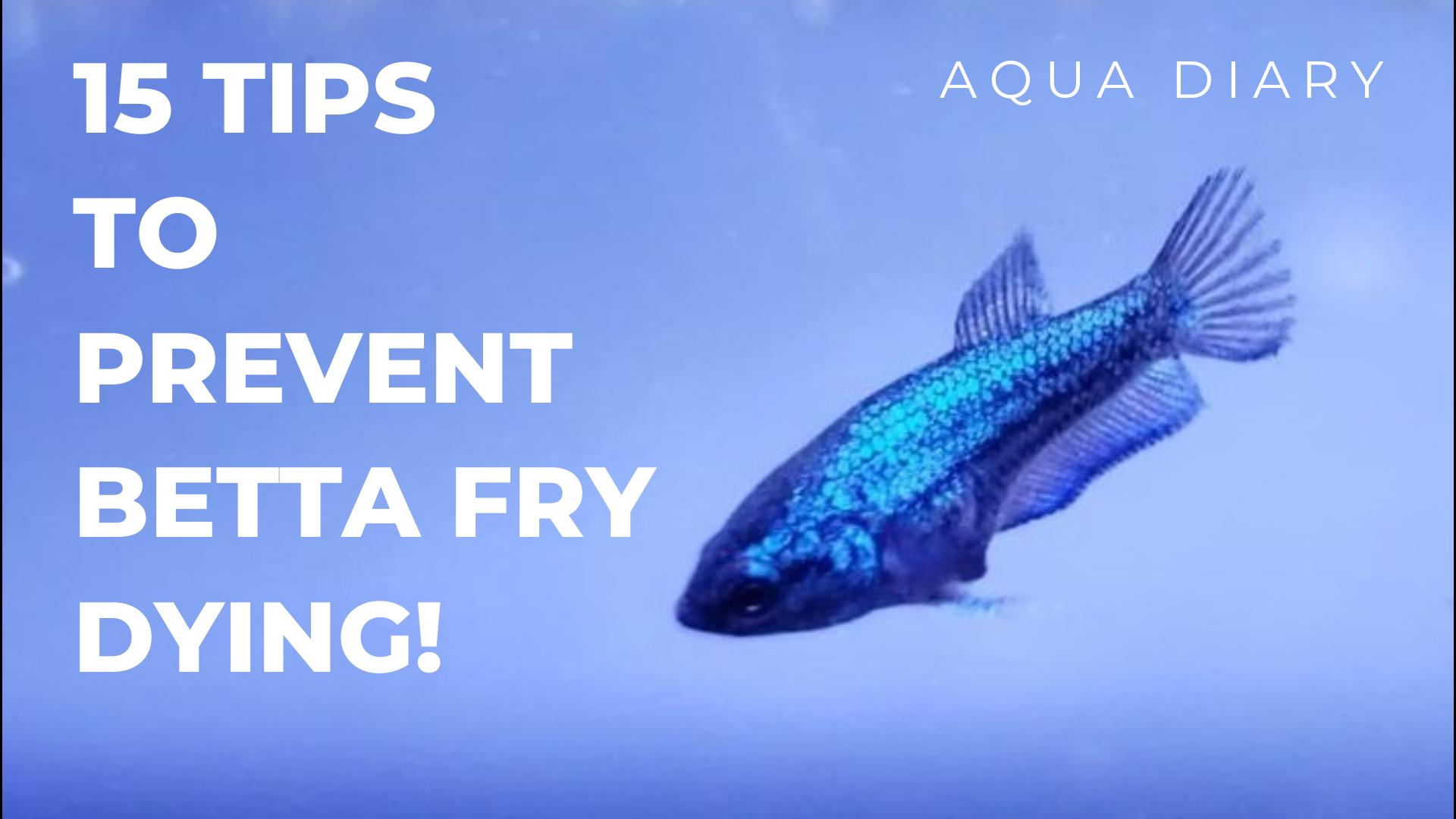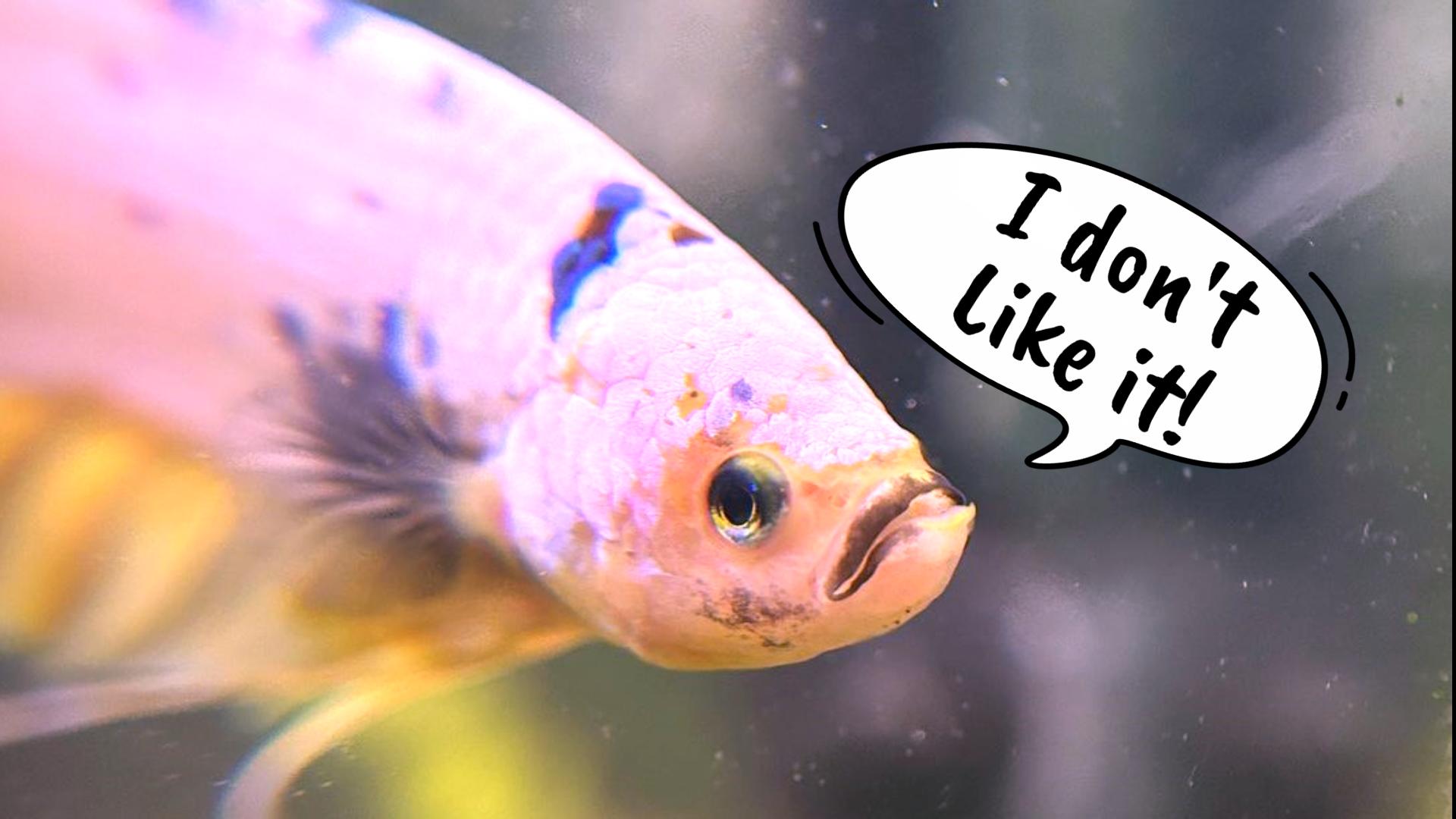Today’s blog is all about rosetail betta fishes, also known as the rose petal betta. These beautiful fish are one of the eye-catching varieties of betta fish, and they are truly a spectacle to see in a home aquarium. However, we expose an ugly truth about the Rosetail Betta Fish in today’s blog including why it is not an ideal choice for beginners. Don’t skip and continue watching till the end.
How to Identify rosetail Betta fish?
The rosetail betta earns its name from the intricate beauty of its flowing tail fin, reminiscent of delicate rose petals drifting gracefully through the water. In some instances, they might be referred to as rose petal bettas or even feathertail bettas, particularly when their fin ruffles exhibit striking prominence. Originating as a variation of the Halfmoon betta, which boasts a remarkable 180-degree fin spread upon flaring, rosetails have undergone further selective breeding to achieve exquisitely ruffled and extensively branched tail fins that surpass the elegance of their Halfmoon counterparts. Consequently, these enchanting fish possess tails so luxuriant that they elegantly overlap the betta’s other fins, creating a truly mesmerizing aquatic spectacle.
How to care for rosetail Betta fish?
Rosetail bettas require special care due to their excessive and elaborate tails. These fish can become exhausted easily, leading to an increase in resting and potential injury if left to rest on sharp or jagged edges. They are also more susceptible to injury and infections. Therefore, it is important to provide them with a suitable environment, including a spacious aquarium with smooth surfaces and plenty of hiding places.
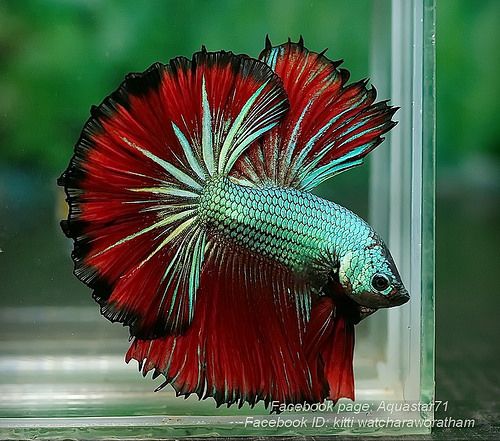
Why ro-setail betta fish is not good aquarium fish?
The controversy surrounding rosetail bettas primarily arises from their breeding for extravagant and delicate fins, which presents unique challenges for their care. Keeping rosetail bettas can be more demanding than other varieties due to the weight and size of their fins, making them prone to fatigue, injuries, and infections. Their struggles with swimming and maneuvering in the tank can lead to extended resting periods, increasing the risk of injuries if they perch on sharp or jagged objects. Moreover, their ornate fins are vulnerable to damage, whether from aquarium decor or self-inflicted stress-related tail nipping, potentially resulting in bacterial or fungal infections. These infections pose a significant challenge to remedy and can impact the overall tank health, particularly in suboptimal water conditions.
Struggles with Ro-setail Betta fish.
Maintaining the well-being of rosetail bettas presents an additional hurdle: ensuring their unhindered access to both sustenance and oxygen at the tank’s surface. Given the fragility of their fins, these bettas may encounter difficulties in ascending to the water’s top for respiration, potentially resulting in heightened stress and a curtailed lifespan. Likewise, their limited mobility may hinder their ability to reach their nourishment, thereby fostering hunger and underlying health concerns.
Overall, the rosetail betta is an attractive variety of betta fish that can add a touch of elegance to any home aquarium. However, they require special care and attention to maintain their health and well-being. If you are considering keeping a rosetail betta, make sure to do your research and provide them with the care they need to thrive. Thank you for watching, and don’t forget to like and subscribe to more topics! I look forward to seeing you on the next topic.
Why rosetail betta fishes are bad choices for beginners.

